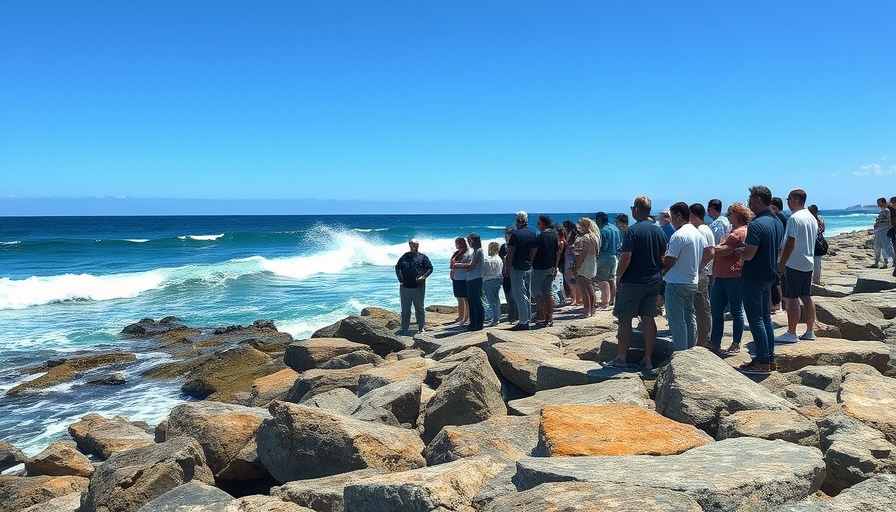
La Jolla’s Quest for Independence Hits Snag
The recent aspiration for La Jolla to become an independent city from San Diego encountered a major hurdle when the Local Agency Formation Commission of San Diego (LAFCO) determined that the secessionist group did not gather enough valid signatures. The effort, spearheaded by the Association for the City of La Jolla, has so far generated a noteworthy grassroots movement that showcases residents' desires and frustrations about the current governance.
Background on the Secession Movement
Efforts for La Jolla independence have been ongoing, driven by a growing sentiment among locals that they could better manage their unique community needs. Residents have expressed dissatisfaction with larger city policies that they feel don’t serve their local interests. With a target of finding 6,750 valid signatures from registered La Jolla voters—25% of the electorate—the community rallied over 7,800 signatures in hopes of getting a chance to vote on the matter.
The Verification Process and Results
However, LAFCO, upon analyzing the submissions through the Registrar of Voters, reported that only 5,723 signatures were valid, leaving a shortfall of 1,027 signatures. The verification process revealed that 2,072 signatures were not valid for various reasons, including mismatches with voter registration records. Now, with a tight deadline approaching on April 1, the secessionist group faces a critical race against time—either to rectify the data or to gather more signatures.
Community Response and Political Implications
The residents' reactions to the verification news have been mixed. Many are optimistic about meeting the required threshold soon, while others express frustration over the hurdles faced. Local leaders and activists are galvanizing support, showcasing the community’s engagement in democratic processes. This movement can also be reflective of broader trends across California, where several communities are considering similar measures in the face of perceived misalignment with city governance.
A Broader Perspective
This situation in La Jolla is not an isolated case; it mirrors the sentiments seen in other neighborhoods feeling disconnected from their broader constituencies. Such movements often stem from a grassroots desire for tailored governance that better represents the unique needs of the area. Whether La Jolla’s efforts succeed or not may shape future initiatives in nearby communities also grappling with the question of local governance autonomy.
Lessons and Future Outlook
As this story unfolds, it stands as a lesson regarding the complexities surrounding local governance and resident activism. Those involved in the La Jolla secession efforts are encouraged to strategize their next steps while maintaining communication with the community. Understanding the verification process and ensuring compliance with legal standards can greatly enhance their chances of success.
Conclusion and Call to Action
For San Diego residents, the La Jolla independence initiative highlights the importance of civic engagement and local representation. Whether you are in favor of secession or not, participating in community dialogues and staying informed about local governance issues is vital. Join the conversation on this significant local matter and keep advocating for the future you envision for your community! Stay engaged.
 Add Row
Add Row  Add
Add 




Write A Comment